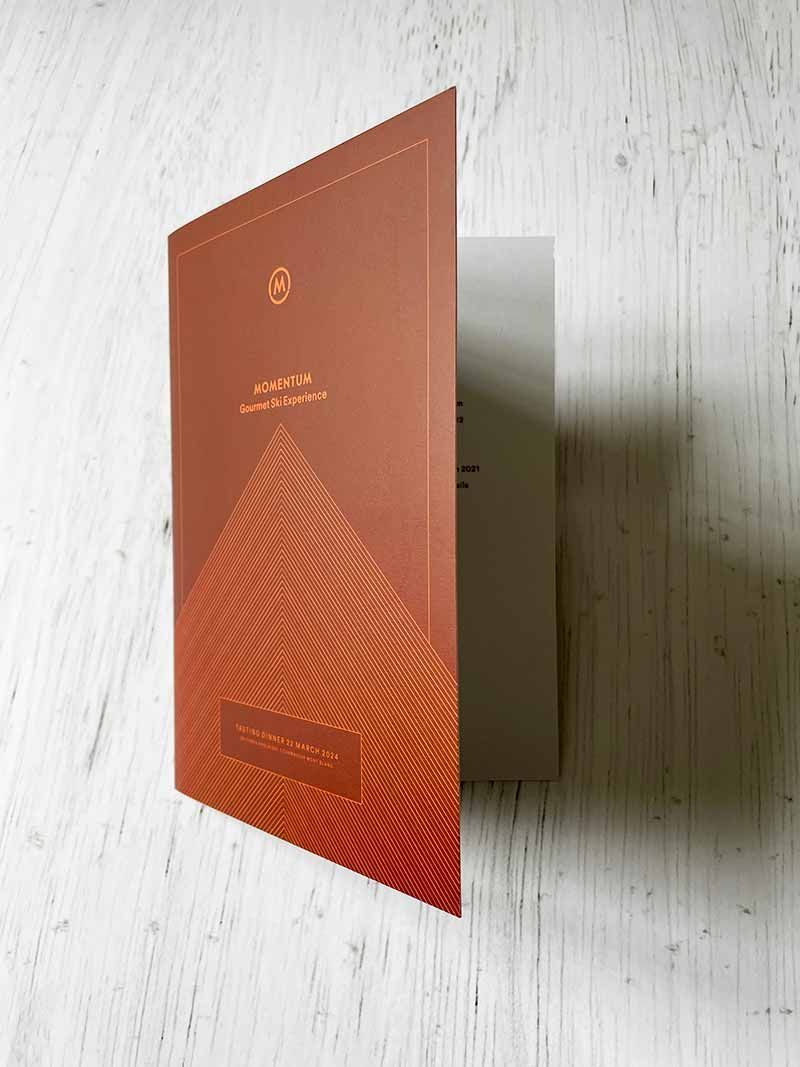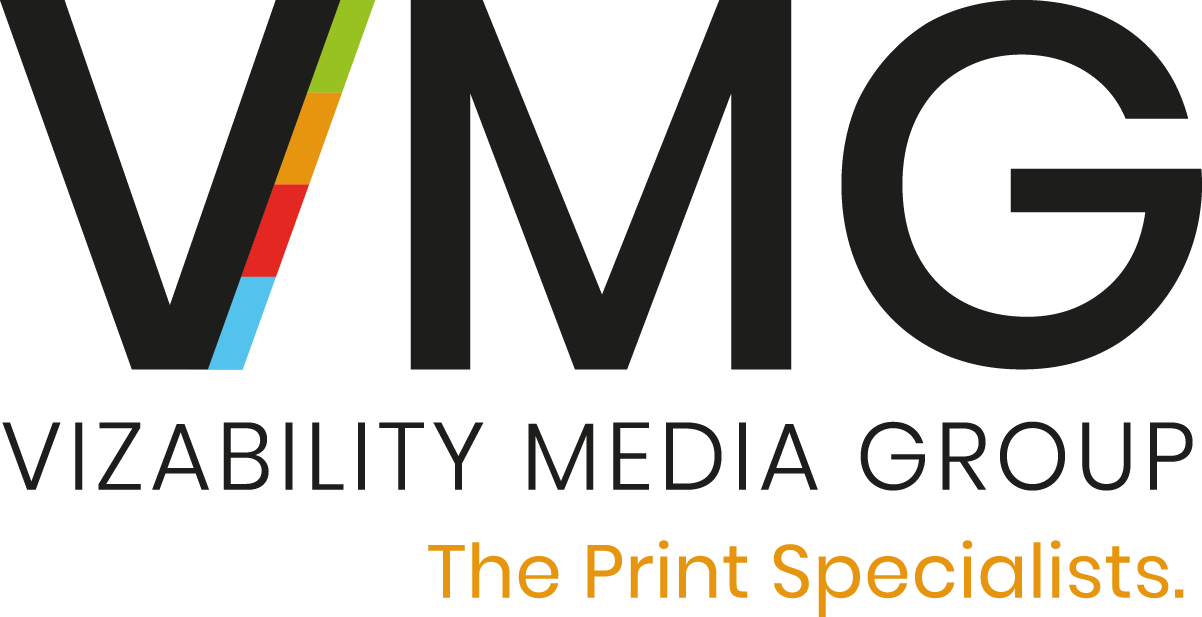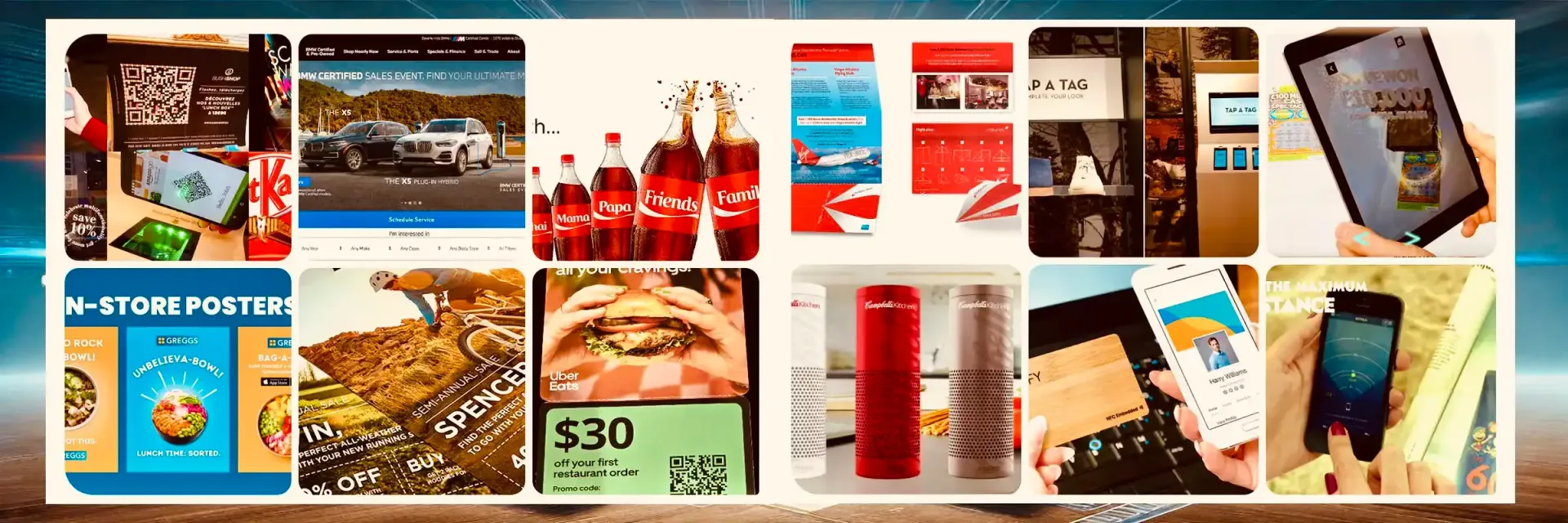Does Print Marketing Still Have a Place in Today’s World?
Does Print Marketing Still Have a Place in Today’s World?
Is Print Marketing Extinct in the Modern Era?
Ever heard someone say, “Print is dead”?
Far from it – “Print marketing is dead” is a refrain you may have heard often, but the truth is quite the opposite. In a rapidly evolving digital world, print marketing stands resilient, demonstrating its unique attributes and value in the marketing landscape.
While it’s true that digital marketing has changed business strategies and consumer habits, print marketing’s significance cannot be understated. Incorporating print materials into your digital marketing campaign can elevate audience engagement, making your marketing efforts more effective. Print is still something top media advertising utilises.
Here are the top ten reasons print marketing continues to hold its own in today’s advertising scene:
- The Tangibility Factor: Unlike digital advertising, print advertising materials offer a tactile experience. Their physicality creates a lasting impression on potential customers, boosting your brand recall and credibility.
- Trust and Credibility: Print materials like brochures and business cards convey professionalism and reliability. Despite our digital era, many still view print as a more credible source of information, reinforcing the importance of print media.
- Precise Targeting: Leveraging print marketing allows for strategic targeting of specific target audiences. By placing your print ads in relevant publications or locations, you can effectively reach local or niche markets.
- Reduced Digital Clutter: As digital marketing soars, the competition in the online realm has skyrocketed. Here, print marketing offers a reprieve, allowing your brand to shine in a less saturated environment.
- Enhanced Engagement: Print materials, with their high-quality design and alluring visuals, captivate the audience in a way that digital content may struggle with. Engaging multiple senses, print marketing provides an immersive experience for readers.
- Durability: Unlike the fleeting nature of digital content, printed materials offer longevity. Their ability to be kept, referenced, and shared ensures your message endures with potential customers.
- Complementary to Digital Marketing: Print marketing can work in tandem with digital marketing strategies to create a more comprehensive approach. Businesses can reinforce their brand message and amplify the overall effectiveness of their marketing campaigns using this blend.
- Luxury and Personalization: Special printing technologies like gold/silver gloss and white ink can enhance the perceived value of your print marketing materials. These high-quality finishes create a sense of luxury that is hard to replicate on digital platforms.
- Sustainability: With improvements in printing press technologies, paper has become more sustainable and environmentally friendly. Choosing the right print quantity and recyclable materials is now standard practice in print marketing.
- Integrated Marketing Strategy: A well-planned marketing strategy combines both print and digital channels for optimal results. Major news brands are prime examples of how effectively print can drive online traffic and increase social media presence.
Digital Tie-Ins: Bridging the Gap Between Print and Digital Media
Print media has been an essential part of advertising strategies for many years, but its evolution in the modern digital age has seen it embracing and incorporating digital elements. These innovations in print marketing, such as personalised URLs (PURLs) and QR codes, have resulted in more interactive and integrated marketing campaigns, bridging the gap between print and digital.
- Personalised URLs (PURLs): Personalised URLs are a unique application of printing technologies that blend print and digital advertising seamlessly. In a print ad or on a business card, a PURL is included that directs the reader to a personalised landing page on the web. This landing page could contain a special offer, more details about a product or service, or a form to gather more data about the potential customer. This strategy has proved effective in boosting response rates by providing a more personal and engaging experience to the potential customer.
- QR Codes: QR codes, or Quick Response codes, are another tool used in print marketing to enhance engagement and interactivity. When scanned with a smartphone, these codes can take a potential customer to a specific webpage, a promotional video, or a social media profile, increasing the avenues of engagement beyond the print ad itself. The applications of QR codes in print marketing are vast, from posters and print ads in top media advertising to brochures and business cards. In the post-Covid world, QR codes have seen a resurgence due to their contactless nature, making them a staple in modern print marketing strategies.
Moreover, these digital tie-ins offer a means of measuring the effectiveness of print marketing strategies. By tracking visits to PURLs or scans of QR codes, marketers can gauge the reach of their print materials, helping to justify spend on print media and refine future strategies.
In a world where digital and print often seem to compete, digital tie-ins present a harmonious merging of the two. It’s an exciting development in print marketing, embracing the strengths of digital advertising while maintaining the unique benefits of tangible, printed materials.
So, the next time you think, “Is print marketing dead?”, consider these innovative approaches that are proving print’s adaptability and relevance in the digital world. Whether you’re planning a marketing campaign or brainstorming marketing strategies, remembering the power of print marketing and its effective digital tie-ins could make a significant impact.
The post Does Print Marketing Still Have a Place in Today’s World? appeared first on VMGldn.

Your Last‑Minute London Print Lifeline: Same‑Day And Fast Turnaround Options That Still Look Premium




